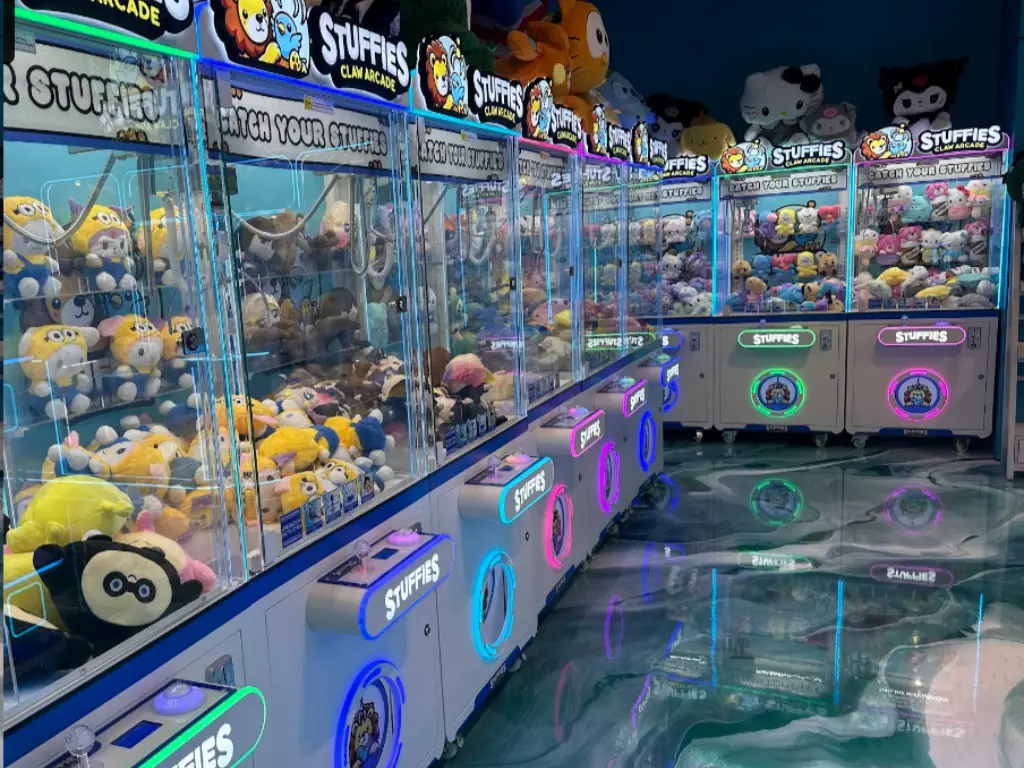In the bustling, vibrant world of an arcade or Family Entertainment Center (Fec), few attractions have the timeless appeal and consistent earning power of the claw machine. They are magnets for players of all ages, offering a tantalizing mix of skill, luck, and the promise of a tangible prize. Per gli operatori, they represent one of the best returns on investment per square foot on the entire floor.
But there’s a catch. A claw machine only makes money when it’s working. Every moment of downtime due to a malfunction, a jam, or a glitch is a direct hit to your bottom line. An unreliable machine doesn’t just stop earning; it frustrates customers and can quickly gain a reputation as not being worth the play.
COSÌ, how do you ensure your claw machines are dependable profit centers rather than constant maintenance headaches? The secret lies in understanding what truly makes a machine durable and reliable from the inside out. It’s not just about the flashy lights or the plush toys inside; it’s about the quality of the components working tirelessly behind the glass. This guide will explore the anatomy of a high-quality claw machine, revealing why investing in durability is the smartest business decision you can make.
The Foundation of a Reliable Machine
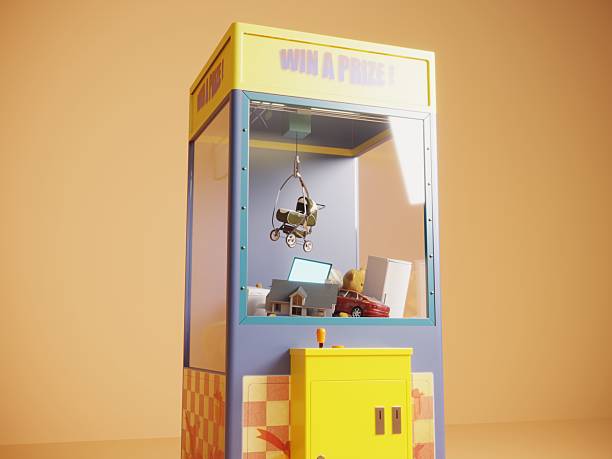
While players are drawn in by the prizes, an operator’s first consideration should be the machine’s fundamental construction. A high-quality claw machine is built to withstand the rigors of a high-traffic commercial environment. This starts with a sturdy, well-constructed cabinet that not only protects the valuable components inside but also presents an inviting appearance to players. A machine that looks clean, solid, and well-cared-for inspires confidence and encourages that first play.
Tuttavia, the real story of durability is told by the internal mechanics. The evolution of the claw machine from a simple mechanical digger to a sophisticated electronic device has introduced a complex system of parts that must work in perfect harmony. A failure in any one of these components can bring the entire operation to a halt.
The Gantry and Motor System
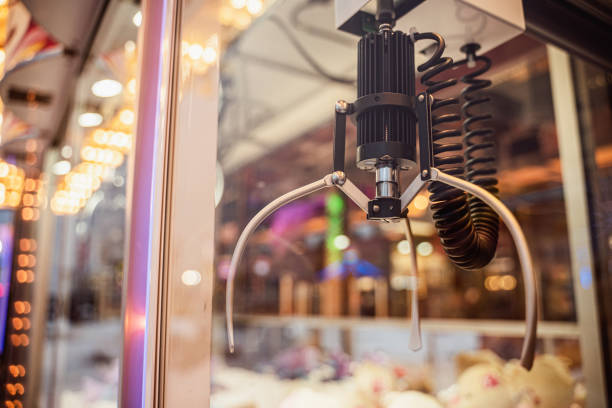
The smooth, gliding motion of the claw as a player guides it into position is the result of a gantry system—a trolley that moves along X and Y axes, powered by electric motors. In a low-quality machine, this is often the first point of failure. Cheaper motors can burn out, and a flimsy gantry can lead to jerky, imprecise movements that frustrate players and signal a poorly maintained game.
A durable and reliable machine features high-quality motors that are built for continuous use. These systems are designed for precision and consistency. This is critical because, as an operator, you need the machine to perform exactly as you’ve programmed it. Reliability here means the motors maintain a consistent speed and power level, ensuring the claw stops where the player intends. When motors or their calibration are off, the claw may not align properly over prizes, drastically reducing the win rate and making the game feel unfair. Investing in a machine with a robust gantry and motor system means fewer service calls and a more consistent player experience.
Electronics and Control Boards
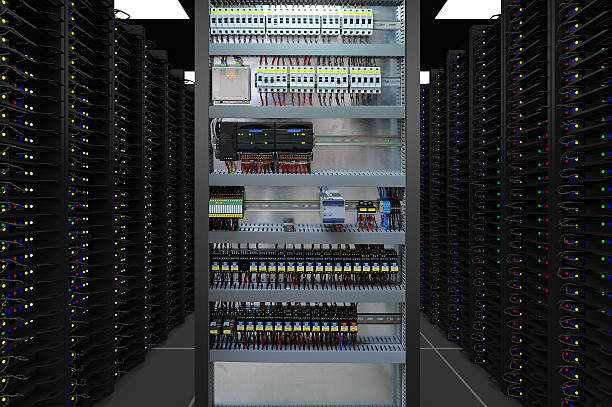
If the gantry and motors are the heart, the main control board is the brain. This microprocessor-based unit processes every input from the joystick and buttons, executes the game’s programming, and sends precise commands to every component, from the motors to the claw itself. It manages game time, Tariffe di pagamento, E, most importantly, the claw’s grip strength.
The quality of these electronic components is paramount to a machine’s long-term reliability. A high-quality machine uses a well-designed main control board, a stable power supply, and durable wiring. In cheaper models, manufacturers may cut corners on these unseen parts. A faulty power supply can send inconsistent voltage, leading to unpredictable behavior, while a poorly made control board can suffer from glitches that are difficult to diagnose. These issues often manifest as intermittent problems—the machine works one moment and fails the next—which are the most frustrating and costly to fix. A machine with high-quality electronics is a machine you can trust to operate consistently day in and day out.
A Well-Engineered Claw Mechanism
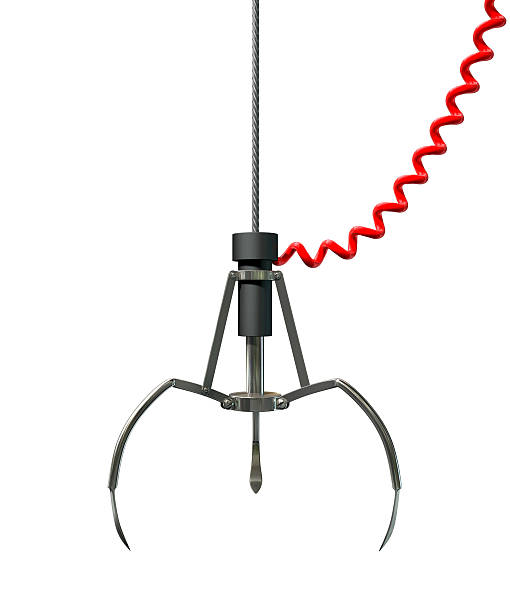
The claw itself is the most iconic part of the machine, and its quality directly impacts both durability and profitability. The claw mechanism must be strong enough to endure thousands of grab cycles without wearing down. High-quality claws are made from durable materials and are engineered for a synchronized, firm grip that performs consistently according to its programmed settings.
The reliability of the claw mechanism is so crucial that industry data shows machines kept in good repair have a 25% higher success rate than those that are allowed to deteriorate. This doesn’t mean they give away more prizes than intended, but rather that they function correctly, allowing for wins at the programmed rate. A faulty or worn-out claw that can’t perform a strong grip even during a “payout” cycle will cheat both the player and the operator—the player of a deserved win, and the operator of the social proof that keeps other players coming back.
Sensors and Calibration
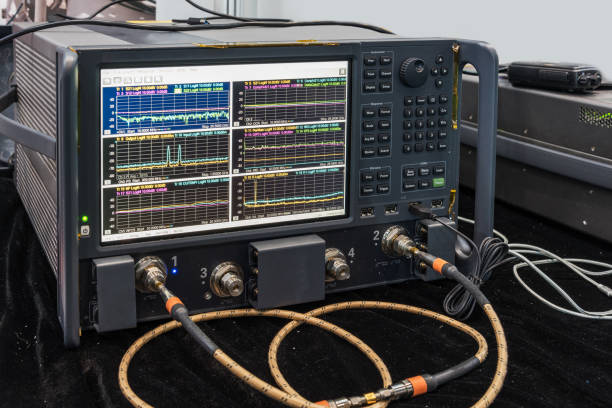
Modern claw machines rely on a series of sensors to operate correctly. There are sensors to detect the claw’s position, to tell the control board when the claw has reached the bottom of the prize pile, and to register when a prize has successfully been dropped into the chute. These components are the unsung heroes of reliability.
If these sensors are low-quality or misaligned, the entire game experience suffers. Per esempio, if the position sensors are not calibrated correctly, the claw may stop short of the intended prize. If the prize chute sensor fails, the machine may not register that a win has occurred, failing to reset the payout cycle and potentially giving away several high-cost prizes in a row. A high-quality machine uses precise, durable sensors that hold their calibration, ensuring the game plays fairly and profitably according to its settings.
Why Durability Is Your Best Investment
Investing in a durable, high-quality claw machine isn’t an expense; it’s a strategy for maximizing your return on investment. Operators who prioritize quality see up to 15-20% higher revenue, driven by improved user satisfaction and, most importantly, less downtime.
A reliable machine builds player trust. When customers see a machine operating smoothly and see others winning, they are more likely to play themselves. Al contrario, a machine that is frequently out of order or performs erratically quickly becomes known as a “ripoff” and is ignored.
Furthermore, while the initial cost of a premium machine may be higher, it often leads to a lower total cost of ownership. You’ll spend less time and money on maintenance and replacement parts, and the machine will spend more time on your floor earning money. Regolare, proactive maintenance can reduce a machine’s downtime by as much as 20%, and a well-built machine makes this maintenance easier and more effective.
Even the most robust machine requires regular care to ensure its longevity. A simple weekly maintenance routine can keep your investment in peak condition:
- Inspect and Clean: A clean machine is more inviting. Regularly wipe down the glass and check the interior for dust or debris.
- Test Controls: Ensure the joystick and buttons are responsive and functioning correctly. Calibrate them as needed through the machine’s settings menu.
- Check the Claw: For high-traffic machines, a weekly check of the claw grip is recommended. Ensure it functions smoothly and that its strength aligns with your settings for both “strong” E “low” power modes.
- Verify Sensors and Dispensers: Test the prize chute to make sure it’s clear and that the win sensor is working correctly.
By choosing a machine built with quality components and committing to a simple maintenance schedule, you ensure your claw machine remains a reliable and profitable cornerstone of your arcade for years to come.












